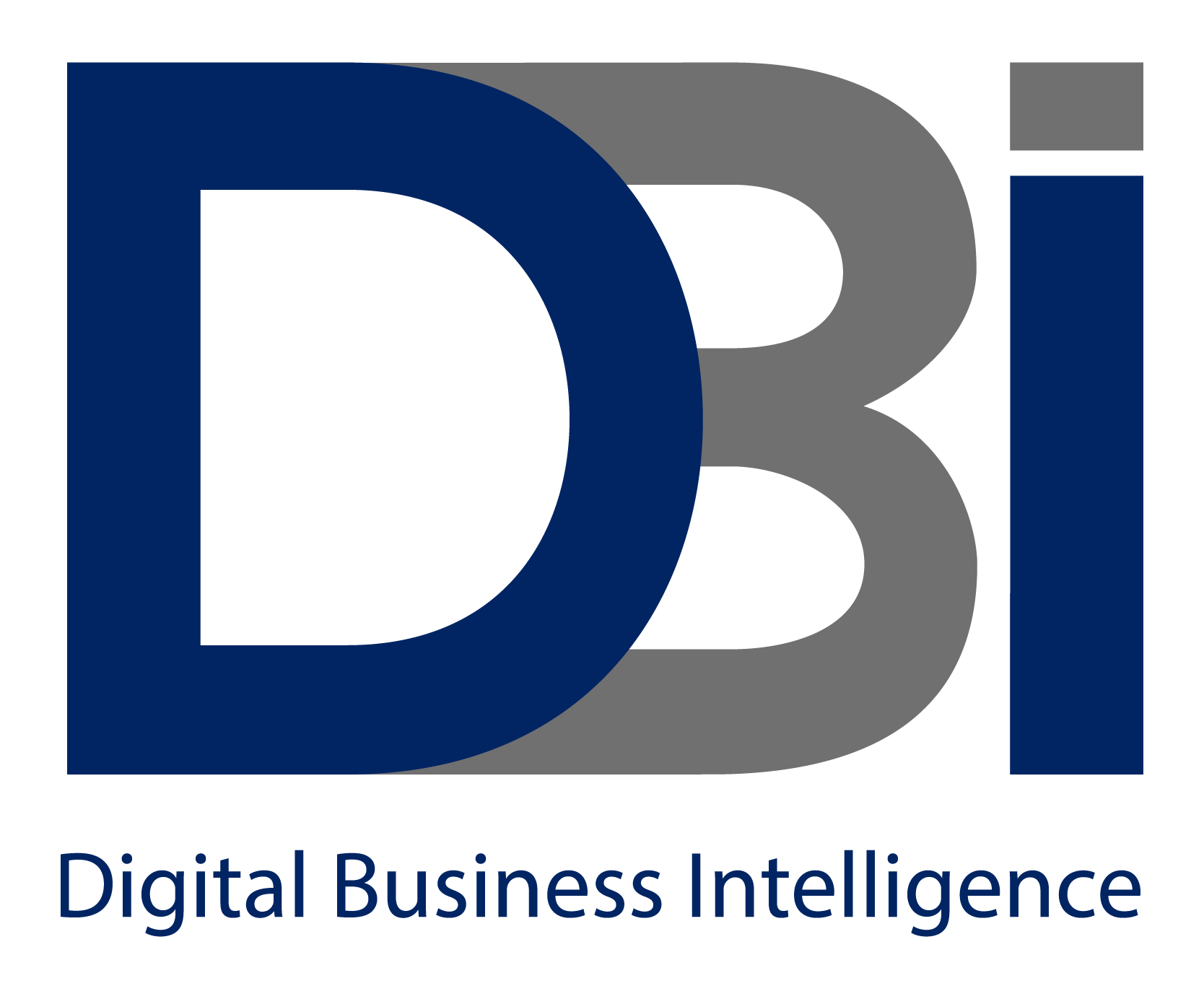Local market orientation necessitates thorough preparation, from language and currency to selection pages. Learn about SEO-supporting best practices. The first benefit of an international SEO strategy, as I discussed in my previous article, was to support your more comprehensive worldwide strategic plan.
This alignment is essential, especially if you want to use websites to reach these audiences. In addition to requiring resources to develop and maintain, managing several international websites must also benefit consumers in the target market.
How many market sites are too many?
I’ve observed several businesses over the years convert their website into a different language, such as Spanish or Arabic, and then try to “maximize their investment” by cloning a local version for every market that speaks that language.
This strategy produced 1,600 different websites and over 18 million web pages for one business, the majority of which Google did not crawl because it viewed them as duplicates.
Google’s John Mueller recently responded to a tweet wondering whether it was a good idea to have English language versions for the EMEA regions. It appears that you have 78 URLs for the same material, he said in response.
It appears to be on the same page, therefore there is no need for us to index several versions, he continued.
Develop Your Local Market Orientation
The art of managing consumer requirements and expectations in a foreign market while maintaining organizational goals, resources, and competencies is known as local market orientation.
Each possible market must be taken into account when planning in terms of adapting to local company requirements, user habits, user expectations, language, currency, and any other factors that will encourage consumer interaction in the market.
It is insufficient to merely translate an existing website into another language and submit it to Google.
A prior post recommended tools for finding new markets with consumer demand and those that facilitate doing business across borders.
Your local market orientation will shape your content strategy and force you to plan across the entire conversion chain, which will help you decide whether to make this site a single language global site, a localized market site or a language-specific site. It will also help you decide whether technology should adapt to the user on-demand or dynamically.
Your technological requirements will frequently be driven by this matrix. Too many businesses learn too late in their expansion process that you conduct business with people, not with nations or areas. When it comes to dealing with people, you cannot avoid the Rubik’s Cube of possible outcomes. A target market consists of people who speak a certain language, use a particular currency, and reside in a particular area.
Dedicated Market, Language, Or Currency Sites
Businesses that do intend to grow internationally must make a number of both long- and short-term considerations. What does their full expansion look like according to their crystal ball? A single extra market is a very different thing from several markets spread throughout the globe.
These choices might be simple in the early phases of expansion. Since both Austria and Germany speak German, use the Euro, and have cross-border shipping agreements, Austrian businesses may target Germany very simply.
Do they need another webpage in this situation? It could just be necessary to enable a shipping calculation and manage VAT taxes.
When a U.S. website seeks to target Mexico, things get more challenging. It will require a mechanism to set up its Spanish-language website, convert pricing to Pesos, confirm that the things customers buy can be delivered to their location in Mexico, and inform them if there are any additional tariff expenses.
We could be enticed to move farther south into Argentina, Peru, or Chile once you have the infrastructure in Mexico. Should we utilize a currency converter and shipment manager from the same Spanish-language website, or are there special market needs or linguistic distinctions that would necessitate us to use other market websites? Numerous businesses have launched “EU” websites to market to the European Union utilizing the Euro.
They replicate the worldwide website on a “.eu” domain, change the currency to the Euro, and believe they can miraculously target this area thanks to a shared legal system and financial system. Despite employing the same money, most marketplaces speak different languages, which prevents them from drawing enough customers to be profitable.
Visual Or Technical Orientation
The use of visual orientation, such as requiring a user to engage a country/language selector to choose which site they want, or technical orientation, using either the visitor’s physical location or language preference to route them to a specific website, must be taken into consideration once your web structure has been decided.
The difficulties of utilizing a user’s local IP address to direct visitors to particular websites according to their location and the possible cultural blunders of using a national flag of one country to symbolize a language across multiple markets are topics covered in a lot of publications.
You must verify the implementation for both methods to make sure search engines can access all of the material. To avoid the selector step in the future, most selection sites establish a cookie that records the user’s choice. Even while these pathways are fantastic for users, search engines frequently cannot access any of them because they refuse to accept cookies, which prevents them from seeing any of the regional websites.
The technology is made to direct people to certain versions of the website like how IP and language detection work. This is quite typical for e-commerce companies that have prices and/or guidelines for conducting business in particular markets that are market-specific.
Sadly, this frequently prevents search engines from accessing these pages. Because you can’t control where search engines like Google scan your sites, it’s crucial to make sure there are exceptions to the rules that allow them to access any webpage they need.
Conclusion
The ideal practice is to base your selection on your company and market demands rather than just because you can. There is no simple solution to the issue of how many global websites you should have or how many pages inside each.
To make sure that the material you provide delivers value to consumers in the target market and promotes engagement, managing a successful global online presence does involve careful preparation.
In addition, it must meet Google’s ever-stricter standards for being pertinent, trustworthy, and distinctive enough to merit indexing.








